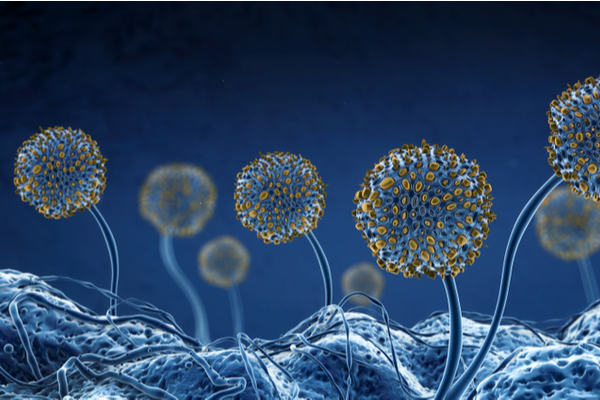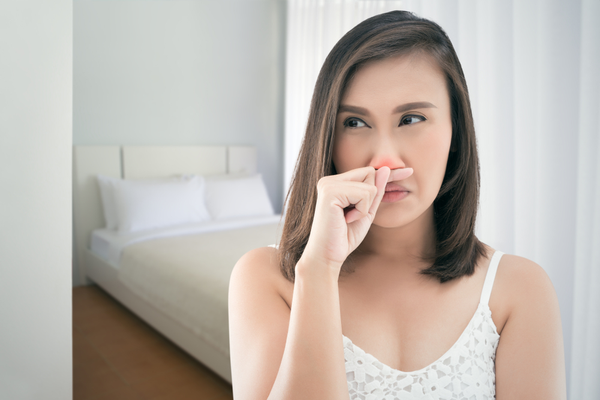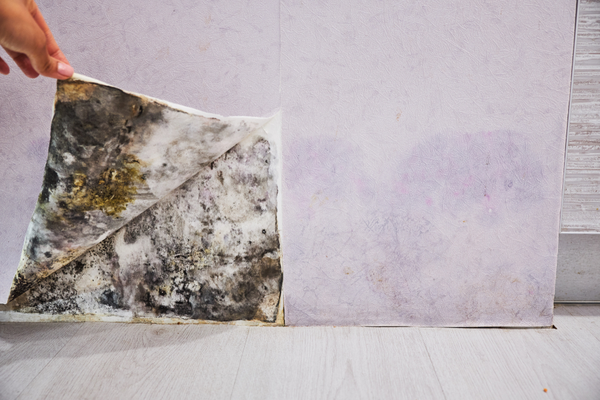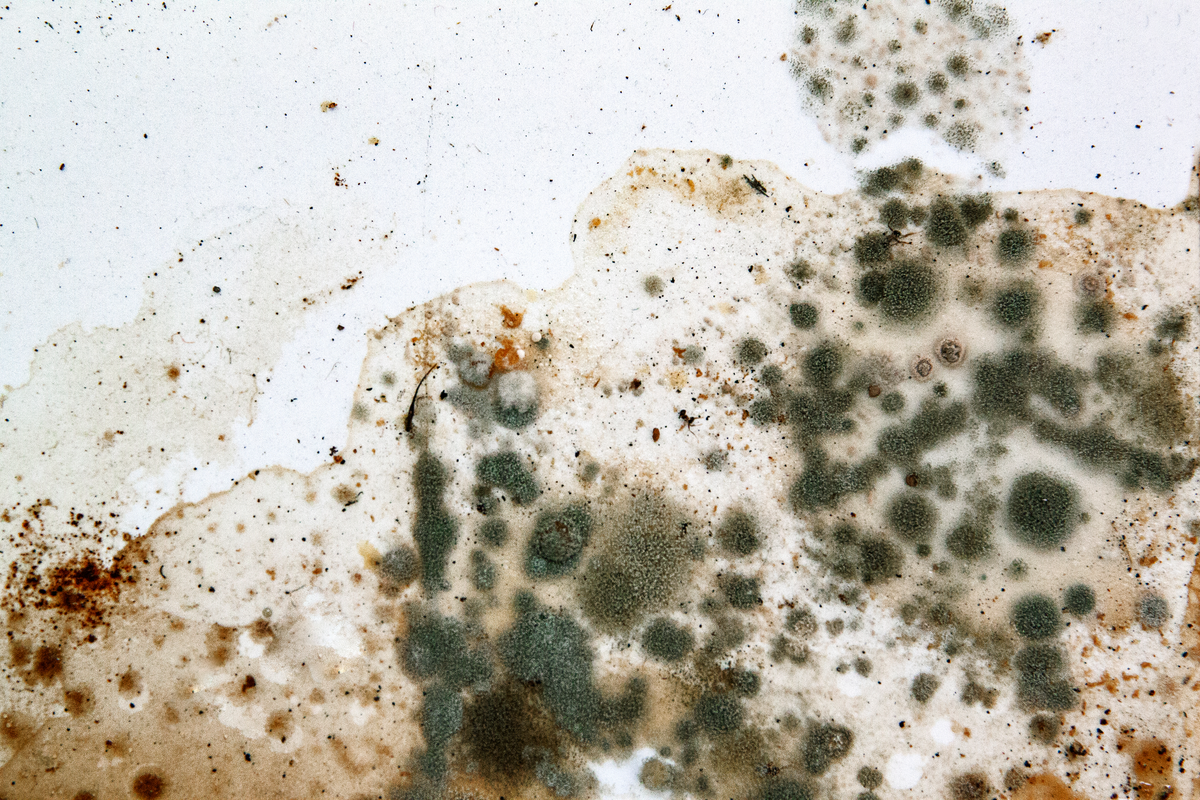Every homeowner has anxieties when it comes to repairs and problems linked with the duty of owning a home. When your home is infested with mold, though, the indications may not be so clear. First, if you can’t see or smell mold, it can be tough to discover it in your home. Second, getting rid of it can be considerably more difficult, especially if it’s in a huge or closed-off region. Moreover, if you have mold in your home, you could be putting your health in danger.
Mold can be found in the most serene, spotless, and sparkling-clean areas. They produce small spores that hover through the air when it is present in your residence. The colonies formed can quickly develop if left unchecked and untreated, causing major health problems for your family and irreversible structural damage to your home.
Mold can grow on a variety of surfaces in your home, including woodwork, paper, carpets/tiles and foods. Its appearance (such as black, green, white or even purple) varies depending on the species and the object it has clung to.
What is a Mold?
 Mold is a type of fungus that has been around for millions of years. There are many types, and they can develop both indoors and outside. It has a high rate of reproduction, especially if favorable conditions exist. Molds feed on decomposing organic waste such as rotting wood, dead leaves, fibrous materials, and even grass and grains outside. Molds cause natural materials to biodegrade, which can be undesirable when it results in food spoiling or property damage. Examples of indoor molds found in homes are Penicillin, Aspergillus, Cladosporium, Alternaria etc.
Mold is a type of fungus that has been around for millions of years. There are many types, and they can develop both indoors and outside. It has a high rate of reproduction, especially if favorable conditions exist. Molds feed on decomposing organic waste such as rotting wood, dead leaves, fibrous materials, and even grass and grains outside. Molds cause natural materials to biodegrade, which can be undesirable when it results in food spoiling or property damage. Examples of indoor molds found in homes are Penicillin, Aspergillus, Cladosporium, Alternaria etc.
Molds create spores, which float around in the air and spread. Mold spores can be found in almost any indoor setting. Spores cannot be prevented, and they can survive in environments where mold cannot grow. Molds can grow on a range of materials, including fabric, sheets, wood, glass, and plastic, among others. They may consume the material they are developing on as they grow. As it begins to proliferate, It flourishes in wet, dark, and humid environments such as the kitchen, laundry room, and bathroom. It could potentially get in through open doors, windows, or badly kept ventilation systems.
Not all molds are poisonous or produce harmful by-products. Some play a vital part in the manufacture of pigments, foods, drinks, antibiotics, medicines, and enzymes in biotechnology and food science. If allowed to grow indoor, certain molds can cause sickness in animals and people, including allergic sensitivity to mold spores, pathogenic mold development within the body, and the consequences of eating or breathing poisonous chemicals (mycotoxins) produced by mold.
Mold Warning Signs in Your Home
Mold in homes is extremely dangerous. Its spores can be found both inside and outside, yet they are invisible to the naked eye. Spores can enter the home through air vents, doorways, and ventilation systems, as well as through the air. Mold will only thrive if spores drop in an environment with perfect growing factors, such as wetness and a sufficient quantity of nutrients. If the spores are not in the right habitat, they won’t grow or pose a problem.
However, once you know what to look out for, it’s typically easy to spot. The following are some important indicators that you may have mold in your home:
Visible Signs of Mold Growth
Mold in your home can appear to be soot or dirt attached to walls, window frames, and ceilings, making it simple to mistake it for dirt. Some molds have a white, thread-like appearance. Others appear as bunches of little back patches. Mold can be grey-brown, black, grey-green, or white in color. Some can be orange, pink, or purple when it grows behind wallpaper, while others appear as rings or dots in clusters of black, dark green, grey, or brown.
Musty Smell

While not all molds have an unpleasant odour, those that do tend to have a stale, musty odour, comparable to that of an old book when opened. If the unpleasant odour continues, it can cause nausea, dizziness, headaches, nose and throat irritations, and allergic or asthmatic reactions.
Mold volatile organic compounds (MVOCs), or chemicals emitted during the mold life cycle, may be to blame for the smell. You don’t need to capitalize on the offensive odour, but the fact is, it is a sign that unwanted mold is thriving conveniently somewhere in your home. It’s a huge clue if you have a mold problem in your home.
Moisture Build-Up
If you can see wetness or moisture build-up in your house, there is an issue with your indoor humidity. Condensation on glass windows and doors might seem like fog or drops of water. Moisture build-up may be difficult to detect on walls, floors, ceilings, and furniture. Rusty metal fittings and fixtures, such as curtain rods and window frames, are other signs that your home has a lot of dampness. Mold thrives in moist environments, so a damp or wet interior can be an ideal environment for its multiplication.
Itchy Feeling
Although, most people are aware that mold can grow in sewers, it is also capable of infecting clothing (damp garments, to be precise). Mold growth on the fibers could irritate your skin if you frequently leave your damp towel on the floor or dry your clothing on a rack inside. In order to prevent this, always endeavour to dry wet items as quickly as possible and don’t leave damp towels in the bathroom.
Recurrent Cold and Cough
Have you been struggling with a cold and cough that is simply reoccurring? Mold exposure can exacerbate respiratory disorders including bronchitis and pneumonia, which can be chronic or recurrent. The first line of defense is to get care from your doctor and rule out any underlying ailments. If you have any signs of a mold problem in your home, you should have it addressed by professionals as soon as possible.
Contaminated Carpet or Rugs
Mold can thrive in carpeted areas and mats, which are especially susceptible to providing a perfect environment for it in your home. Keep an eye out for any spots, odors, or stains on the carpet. It’s critical to inspect both sides of the carpet and cushions if you discover anything unusual.
Water Leakage or Damage

Water damage to wallpapers or painted walls might show as bubbles, cracks, or peeling. Mold development around the surface can also be detected by bulging or warped ceilings and walls.
Mold growth from poor leakage system isn’t always visible, particularly if the leak is hidden behind a wall or another hidden surface. It’s very important to get a leak repaired as soon as possible if you notice one.
Mold thrives in places where moisture forms frequently, such as windows and metal pipes. If you detect discoloration or water spots on your walls, ceilings, or flooring, it could be a sign that your home has a high humidity level. They could also be the result of plumbing system leaks or ventilation issues.
Past Flooding
Mold can begin to form as soon as a day or two after your home has been flooded, therefore it is critical that you remove the floodwater and clean the area as soon as possible. If your home has been flooded in the past, mold is almost certain to have grown as a result.
Floods provide an ideal environment for mold growth, particularly under floor coverings and within wall cavities of rooms that have been flooded. Not only does floor water provide the ideal setting for mold to grow, but it also has the potential to move it into your home, thereby causing structural and health problems.
Contact an Expert
Mold testing is normally done by specialists, so if you suspect mold in your house, you should hire a licensed agent to locate it for you. In areas of your house where mold is most prone to grow, the technician will utilize a specialist mold test kit.
To make your home or business be free from mold, our highly-trained mold removal technicians at Argus Restoration follow a proven strategy and step-by-step approach. Mold test kits are commercially available, but they are expensive. You might not be able to detect the mold even if it’s there if you don’t know how to use them correctly.
We begin by visually inspecting the area for any suspected mold and, if seen, we track it back to its source. Then, to prohibit deadly mold spores from flowing from the air to your lungs, our team isolates the affected area, removes moldy, porous material, and uses negative air pressure technology.
At Argus Restoration, we use modern HEPA filtered vacuums to remove mold from non-porous surfaces, then install HEPA filtered air scrubbers. We also use ultraviolet light to treat the inner, darkest areas of your home with a powerful antibacterial solution, then clean and disinfect the remaining usable contents as needed.
Contact Argus Restoration today to protect the safety of your house and the well-being of your family.

